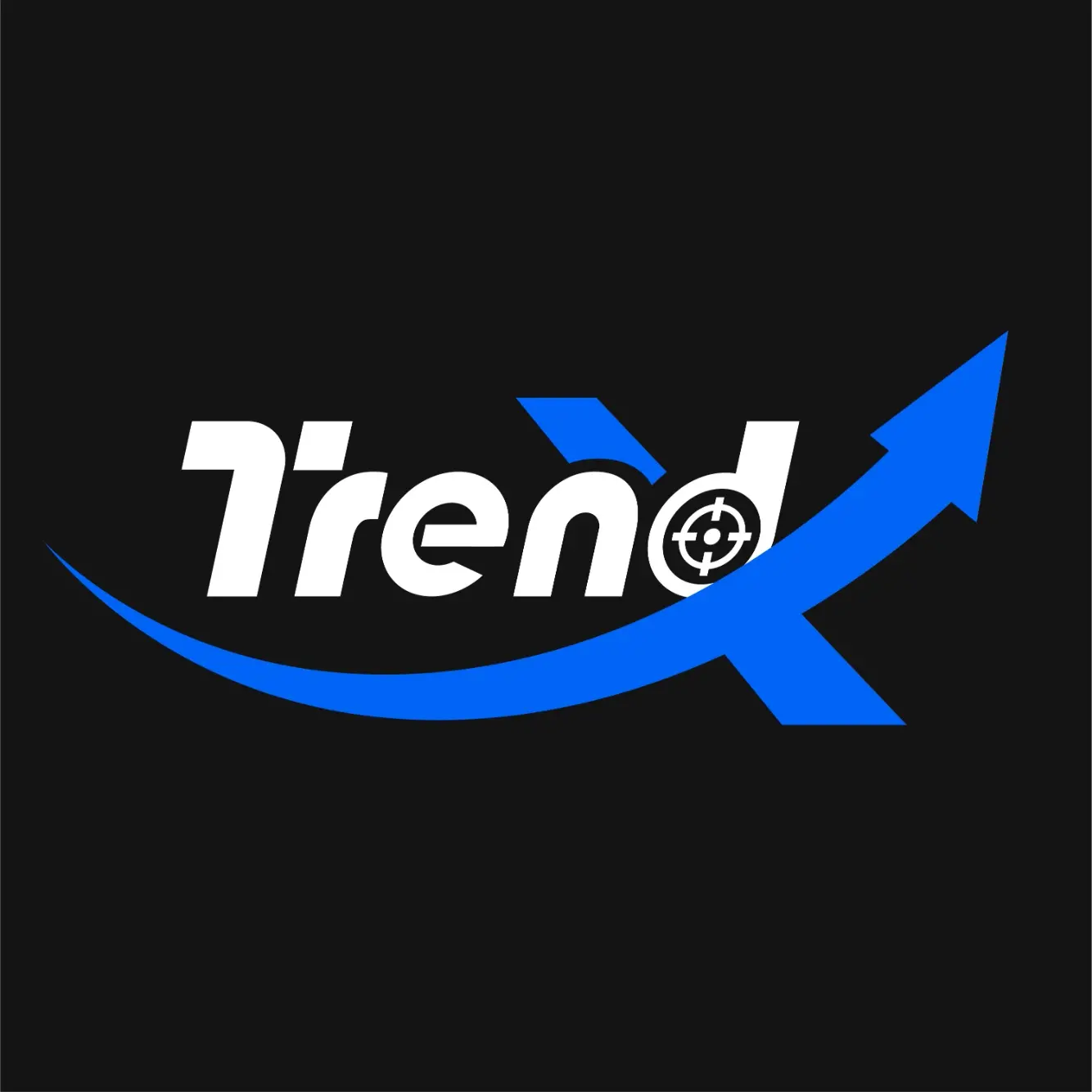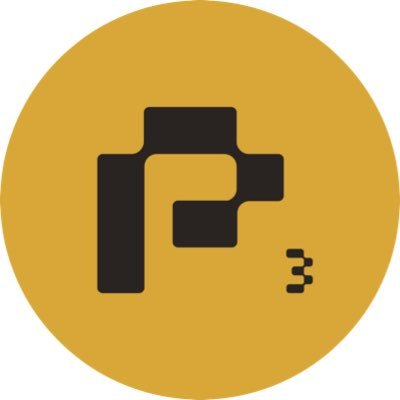veDAO Research Institute: In-depth Exploration of the Products and Ecosystem Behind Port3 Social Mining
Author: veDAO Research Institute
On October 23, the decentralized social platform Port3 announced that it has received investment from DWF. Including a previous round of financing, Port3's total funding has reached $10 million. This is considered a high amount for an application-oriented product.
Moreover, Port3 has also received donations from Binance Labs, Mask Network, and Aptos. As a highly regarded social project, since the launch of social mining, Port3 has seen over 15,000 participants publish 63,147 tweets for mining, with more than 1.67 million interactions and over 200 million views.
Behind the social mining on Twitter, what kind of products and ecological layout has Port3 built, and why has it continuously attracted the favor of major institutions? The veDAO Research Institute takes you to explore!
Port3 Network Social Data Layer
Port3 Network is building a social data layer with broad accessibility and excellent functionality for Web3 application scenarios by standardizing and aggregating on-chain and off-chain data. Its ultimate vision is to become the core gateway for social data in Web3.
The implementation of the social data layer infrastructure of Port3 Network is divided into three key stages: data collection, data aggregation, and data application.
Data Collection
Unlike other blockchain products, Port3 Network connects with public chain ecosystems on one hand, and on the other hand, it integrates Web2 platforms such as Twitter, Discord, Telegram, and even includes Github and E-mail.
On this basis, Port3 Network achieves comprehensive data collection both on-chain and off-chain, including social user identity data and developer behavior data, providing a solid data foundation for the Web3 ecosystem by bridging Web2 and Web3.
Data Aggregation
Based on the resources of diverse data collection, Port3 Network processes the data to form usable aggregated data. A large amount of raw data first undergoes a precise data cleaning process, which involves removing duplicate content and correcting inaccurate information. The diverse data collected from various channels is integrated during the aggregation phase to gain a more comprehensive perspective. The aggregated data is then redefined and organized into an orderly structured format. This structured data undergoes in-depth refinement and transformation, ultimately evolving into a standard data format suitable for analysis, such as specific metrics, identity tags, or other user-friendly data formats.
Data Application
This stage primarily provides necessary data support for upper-layer applications, ensuring that the diverse needs of project developers and end users are met.

Based on the aggregation of Web2 and Web3 data, the Port3 Network social data layer strives to achieve a Web3 digital identity system in a secure and private manner. This digital identity system not only connects various on-chain and off-chain accounts of users but also aggregates user behavior data on these platforms, thereby better realizing the identification and verification of Web3 user identities.
Web3 Task Platform SoQuest
Among the product system of Port3 Network, SoQuest is widely known. SoQuest is a Web3 task platform, and the currently popular social mining on Twitter is part of the SoQuest ecosystem.
Spaces
Each space is an operational entity in Web3, with optional spaces including NFT, DAO, DeFi, wallets, GameFi, exchanges, communities, infrastructure, VC, Web3, KOL, and the metaverse. Various project operators, platforms, communities, VCs, and even KOLs can create spaces in SoQuest to operate projects, communities, and more. SoQuest space operations support four types of activities: marketing campaigns, member recruitment, live streaming, and gigs.
Marketing Campaigns (Quests)
Space operators can create marketing campaigns, initiate off-chain, on-chain, or other customized tasks, and set rewards for task completion. Off-chain tasks include answering questions, joining Discord, downloading specified apps, following the space, inviting friends, submitting proof images, following Twitter, joining Telegram, visiting specified websites, etc. On-chain tasks include holding specified tokens, NFTs, or participating in interactions with designated applications on the network. Marketing campaigns can be set to allow participation by everyone or can have thresholds for participation, specifying holders of certain tokens or NFTs, whitelists, real-person verification, or IP address whitelists.
In addition to creating, editing, and deleting marketing campaigns, SoQuest supports the duplication of campaigns for easier management. SoQuest has introduced AI programs, allowing operators to use AI to innovate cover images for campaigns.

Member Recruitment (On-Boarding)
SoQuest spaces can create different member recruitment activities to recruit new users for the space and segment community roles. SoQuest spaces support onboarding activity data analysis and downloads, which is beneficial for the operation and management of SoQuest spaces.
Live Streaming (Twitter Space)
Live streaming activities support not only Twitter Space but also FamLive streaming. Operators can set the duration required for users to join and receive POAP NFTs. This can provide more effective incentives for users to participate in live streaming activities.
Gig
A gig is a temporary task where users are hired to perform specific work and receive predetermined rewards upon completion.
SoQuest Space Data and Related Tools
SoQuest space data provides operators with more operational tools. Among them, the influence of SoQuest spaces is calculated from four dimensions: space follower data, TVL, ecological collaborators, and social index to derive the influence score of the space.
Space activity data showcases the operational status of space activities through four dimensions: PV (page views), UV (unique visitors), participants, and on-chain users.
SoQuest provides space operators with trends in participant numbers, user tag management, etc. SoQuest also supports user data downloads and API tools.
Activities
Operators initiate various activities in their respective spaces, and users can participate in these activities. Port3 provides technical support to verify users' completion of tasks. After users complete various tasks in activities, they can receive corresponding rewards. The rewards can include tokens, NFTs, joining whitelists, etc.
Mining
SoQuest mining rewards total 500 million gems. Among them, 60 million (12%) are for task mining rewards, 60 million (12%) for social mining rewards, 350 million (70%) for trading mining rewards, and 30 million (6%) for workflow mining rewards.
Current Status of the SoQuest Ecosystem
Currently, there are over 1,000 spaces created in the SoQuest ecosystem. Among them, the most popular is the Port3 Network space, with 75,000 followers, 145 activities initiated, and a total of 270,000 participants. The second is the BNB Chain space, with 10,000 followers, 39 activities initiated, and a total of 773 participants.
As of the writing of this article, the SoQuest ecosystem has initiated nearly 83,000 activities, with over 3 million participants collectively receiving over $350,000 in rewards. The most popular reward token is USDT.
The duration of task mining and social mining on SoQuest has been 291 days, while trading mining and workflow mining have lasted 92 days and 75 days, respectively. So far, over 220,000 participants have engaged in task mining, with over 2 million gems mined, and 66.06% remaining unmined. In the past two weeks, nearly 37,000 participants have engaged in social mining, with a total of 2.54 million gems mined, and 95.76% still to be mined. 3,565 participants have engaged in trading mining, with less than 2.7 million gems mined, and 99.24% remaining unmined. Only 4 participants have engaged in workflow mining, with 99.93% still to be mined. A total of 25.6 million gems have been mined, with 94.88% remaining unmined.
QaaS Component
QaaS, Quality as a Service. SoQuest has launched the QaaS component, allowing SoQuest space operators to embed the QaaS component into their project webpages. Without affecting brand image, the QaaS component seamlessly integrates to provide task and reward management, including monitoring and verifying user activities and distributing rewards. It also provides user leaderboards and analytical support for all user activities. In the data dashboard of SoQuest spaces, operators can better grasp the operational data of their projects.
BQL
BQL, Blockchain Query Language, is a language for automatically executing complex on-chain operations. By applying BQL, a series of on-chain operations can be written as a program, allowing users to execute a series of complex operations simply by clicking to run the program. This provides convenience for operators in facilitating user participation.
Each time a BQL template is run and verified, workflow mining is completed, earning 10 gems.
Other Products of Port3
The official documentation of Port3 mentions two other products—SoQuest Bot Matrix and SoGraph.
SoQuest Bot Matrix
The Bot Matrix is used to analyze and detect the social behaviors related to all projects cooperating with SoQuest. Off-chain, bots join Telegram and Discord communities to perform off-chain tasks. On-chain, bots join multiple public chains to provide token quotes and market sentiment analysis. According to statistics from Port3's official documentation, "the SoQuest Bot Matrix covers over 5,000 Web3 communities, with over 10 million users on Discord and over 4 million users on Telegram."
SoGraph
SoGraph is an analytical platform that combines elements from Lunarcrush and Nansen to track token market trends, market sentiment, KOL interactions, and other data, integrating on-chain data and applying AI calculations to transform it into useful market-related indicators, sentiment indicators, and more.
Background of Port3
Team
LinkedIn shows that the Port3 team consists of 9 core members. The distribution of team members' skills, fields of study, work areas, and core members is as follows:
Co-Founder & CEO - Max D.
Bachelor's degree in Electrical and Electronic Engineering from Northeastern University, skilled in project management and negotiation, previously served as Business Development Manager at Apple, Product Head at ZB.com, and Business Consultant for the DeFi product Astarter on the CARDANO chain.
Core Contributor - Qian Wang
Master's degree in Quantitative Finance from ETH Zurich, skilled in statistics, financial analysis, and data mining. Previously worked in quantitative analysis research at Alpiq and JPMorgan, and as a data scientist at UBS.
Operations Director - Gustaf Munro
Bachelor's degree in Psychology from Stellenbosch University, skilled in IT operations, co-founder and former CEO of Pendragon Quest.
Funding
Seed Round: Led by Jump Crypto and KuCoin Ventures.
Second Round: Participated by EMURGO, Adaverse, Accelerator, and gate_labs, amounting to several million dollars.
Total funding has reached $10 million.
Conclusion
Port3 Network builds a data gateway for the Web3 ecosystem through the aggregation of Web2 and Web3 data, providing users with Web3 digital identity recognition and verification. Based on this Web3 digital identity system, the SoQuest task platform offers users opportunities to participate in various tasks and earn rewards.
On the other hand, the SoQuest platform provides operational platforms and tools for project, platform, community, VC operators, and even KOLs. Operators can initiate various activities on the SoQuest platform, leveraging the data and traffic aggregation of SoQuest to achieve data growth. SaaS and BQL provide operators with more convenience.










